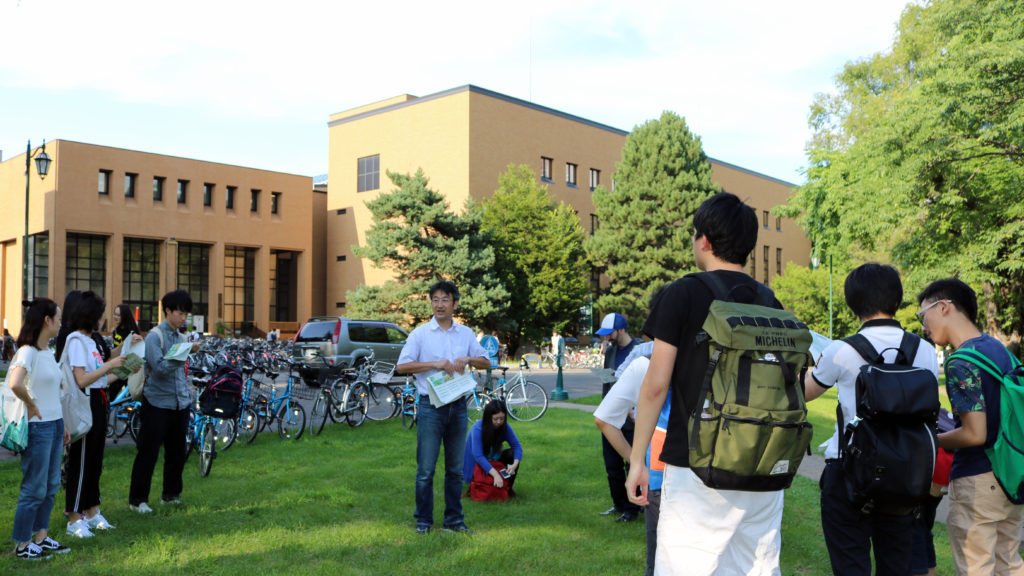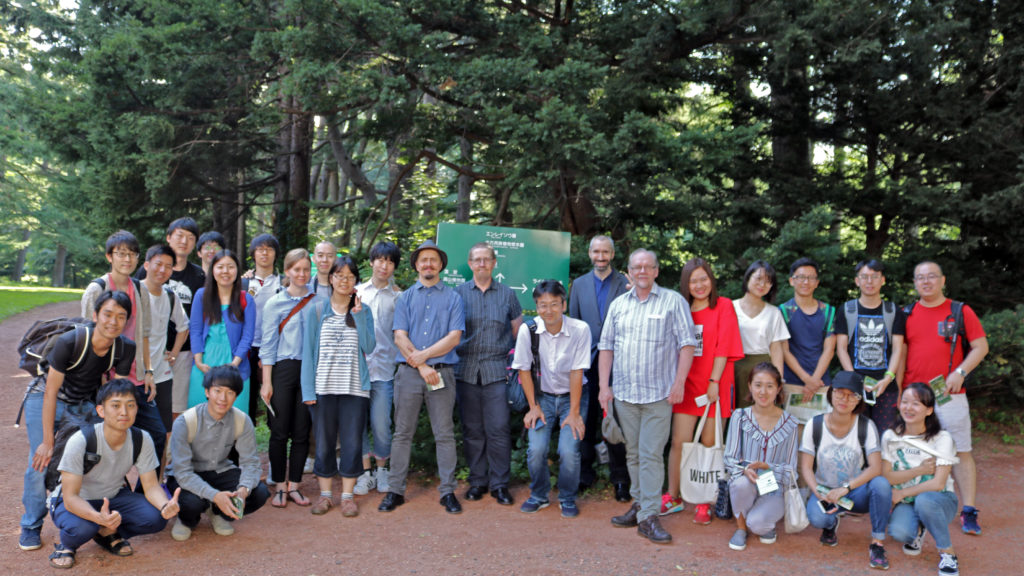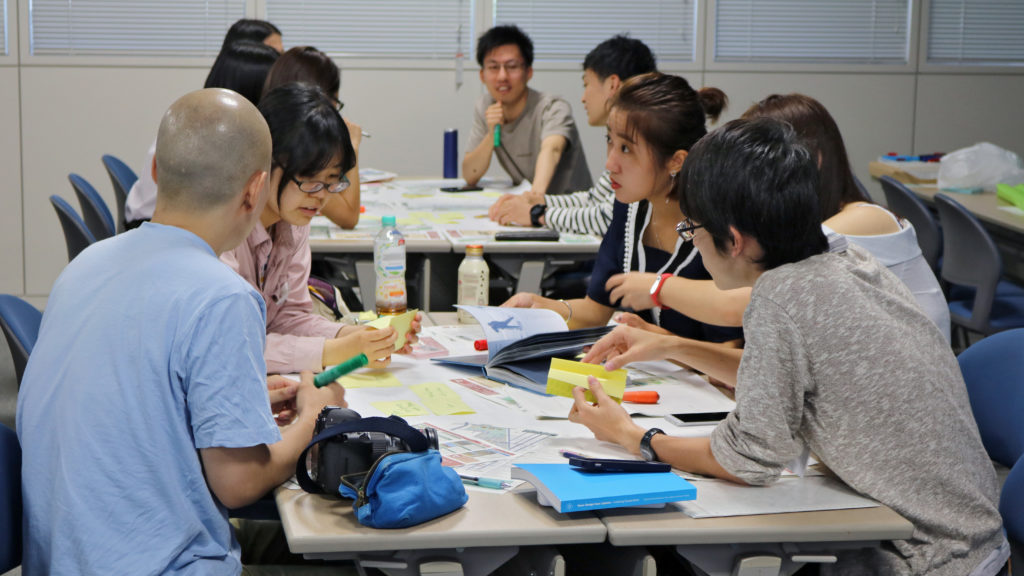HSI Report: Regional Development and Natural Resources in Cold Climate
University News | August 22, 2017
Hokkaido is known for its snow, whether that be its quality, quantity or the many snow and ice related festivities that are held throughout the prefecture. The Hokkaido Summer Institute’s course taught by lecturers from Japan and Finland, “Regional Development and Natural Resources in Cold Climate,” is thus set against the backdrop of this ideal setting.
Living in a cold climate causes many challenges related to snow and ice. The main aim of the course is thus to investigate the ways in which people in cold climates can utilize their natural settings to their advantage and draw tourists to these areas. Topics include how to safely construct and creatively design landscapes and attractions using snow and ice. “I hope they [the students] can see snow and ice as potential materials for new types of winter architecture, and realize snow and ice create possibilities from an artistic point of view,” elaborated Antti-Jussi Yliharju from the University of Lapland.

Associate Professor Taro Mori from the Graduate School of Engineering introducing Central Lawn, one of the stops on the field trip
In addition to attending lectures, students work in groups to develop their own winter event on campus. “We want students to understand snow and ice as a resource for people to make something new in cities,” explained Kai Ryynänen from Lapland University of Applied Sciences. To get in the right frame of mind, the course includes a field trip component exploring some of the main attractions within the university. The following day, the groups plan what their event would be, where it would be held, who the intended audience is, and, in as much as detail possible, how it could be practically prepared for and executed.
This year’s course was attended by students all over the world from different disciplines. When asked about this diversity, Professor Timo Jokela from the University of Lapland answered: “The ecosystem gives us resources, but how do we exploit them? We cannot solve this through one discipline. We all share these challenges, so I hope there will be many more collaborations between multiple disciplines and countries.”
The interaction between snow-and-ice enthusiasts was very much apparent this summer. When asked why she took the course, one of the students, Essi Oikarinen from the University of Oulu, happily exclaimed “It’s very much related to my thesis topic, and I also wanted to come see Japan. It’s my first time in Japan, but hopefully not my last!”
Snow and ice have the potential to bring people together and make the season more enjoyable. This course highlights the strengths of these resources and explores how we can work together to utilize them.
Written by Katrina-Kay Alaimo, Ph.D.


